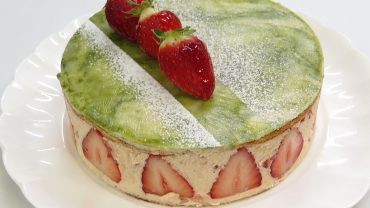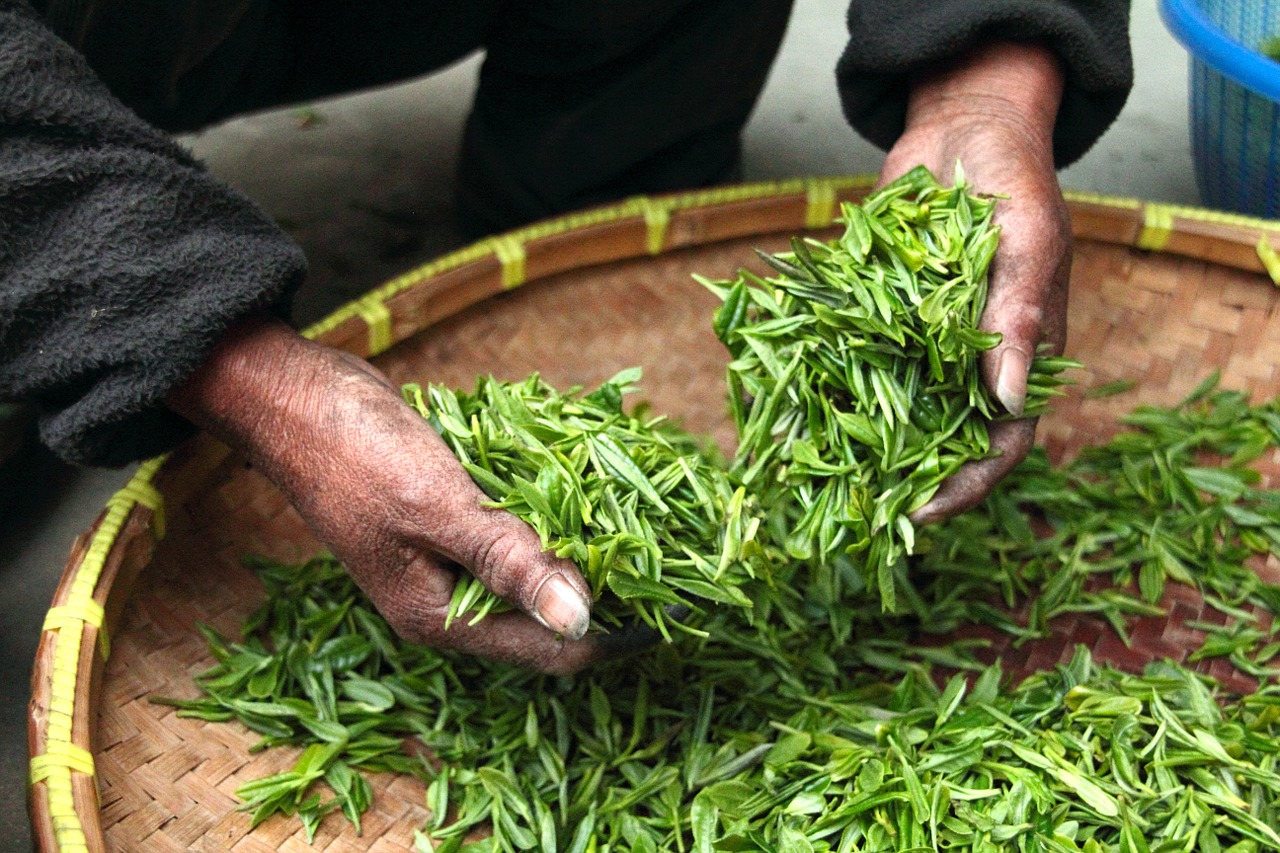Growing Quality Green Tea For Matcha
There are literally hundreds of varieties of green tea, each with its own distinct flavor and characteristics. Green tea is grown in several countries throughout the world, but the vast majority of it is grown in China and Japan.
Most tea gardens, particularly those in China and Japan have been around for many years. It takes time to develop a quality tea garden, along with knowledge, patience and the help of Mother Nature.
Different kinds of green tea and green tea gardens in different countries require different care and attention. For an example, we’ll look at the year round work required to maintain a high quality tea garden in Japan that produces Matcha, Gyokuro and Sencha, three popular varieties of Japanese green tea.
Spring – The All Important First Harvest
The first work of the year begins in March, when the tea plants are pruned. The first pluckings will take place in May. Different regions of Japan will harvest these first pluckings at slightly different times, depending upon the climate.
Twenty or thirty days before harvest, the teas used to make Gyokura and Matcha must be covered with curtains. These special curtains shade the trees, ensuring that they don’t receive any direct sunlight. Ensuring that the trees receive only diffused light during the last 20 days before harvest means that the tea will have fewer tannins, making it less likely to have any bitter flavor.
The color of the Matcha and Gyokura teas will be a light green and will have a sweet taste.
The tea plants used for growing Sencha will not be covered. Allowing them to receive full sunlight during the last days before harvest gives Sencha green teas a golden green color, a light and refreshing fragrance and makes the flavor a bit stronger with a little bitterness.
Tea leaves should be gathered when the plant has three to five sprouts. Missing this exact time by a day or two in either direction will cause problems. Tea leaves harvested too early will provide too little tea; if it’s harvested too late, the quality of the tea will be compromised.
The best Gyokuro and Matcha are still picked exclusively by hand, because using a machine will not allow the farmer to remove the old and damaged leaves.
Once the tea leaves are plucked, they must be processed. It is important that the leaves be processed the same day of harvest. For Gyokura and Sencha, there are three steps to processing: steaming, drying and shaping. The steaming step is the most critical, and requires the most skill of any portion of the tea producing process.
Tea leaves that are not steamed for the right amount of time will not produce the right flavor. With each batch of tea, the processor must select the right amount of steaming time based on the size, thickness and texture of the leaves. Steaming time varies between 30 and 60 seconds.
For Matcha, the leaves are steamed, dried and then sorted.
Next the tea must be finished. Finishing for Gyokuro and Sencha includes sorting the leaves and stems and then putting them through a final drying process. Most are dried for a short period of time.
However, some tea is roasted longer to give it a roasted aroma. This finishing is common for some Senchas, in particular. For Matcha, the leaves are sorted, dried and ground with a stone mill. Matcha musts be ground to a very fine textured powdered. It is said that it can take as much as one hour to grind 40 grams of matcha.
Finally, the tea must be stored. Green tea, because it has not been oxidized, is a bit more difficult to keep fresh. It is imperative that it be stored in airtight containers and that no moisture is allowed in.
Summer – Subsequent Harvests
During the summer, green tea growers may produce a second, third, and sometimes even fourth harvest. Tea gardens will continue to harvest tea until frost. However, it is the first harvest of the year that produces the finest quality green tea. Subsequent harvests will always be a lower grade of tea.
During the summer, the tea gardener will also do battle with weeds and insects. Since the best tea gardens are organic – meaning no herbicides or pesticides are used, keeping the gardens free of weeds and pests can be very labor intensive.
Fall and Winter in the Tea Garden
Autumn is when tea trees go through their heaviest period of growth. During this time, gardeners will amend and aerate the soil and fertilize the trees. By October, the tea trees will need to be pruned again before the winter sets in. Pruning must be carefully timed to ensure that the spring buds will appear at just the right time.
During winter, many tea farmers spend a good deal of their time preparing areas for new tea gardens. However, they must also pay careful attention to any tea trees in their gardens that are less than four years old. If the weather is very cold, for example, the farmers will have to mulch the trees to help them survive the cold temperatures.
As you can see, green tea farming is labor intensive, particularly among the farms that produce the very best in green tea. All of the elements of a proper harvest must be essentially adhered to in order to create the finest green teas for the market.
Though there are some differences based on the climate of the region and the differences in the tea produced, the best tea farms in other countries go through the same labor intensive processes that the Japanese farmers undertake. Growing the best green tea does indeed take skill and patience. No shortcuts are allowed if you wish to produce the best green tea in the world.








